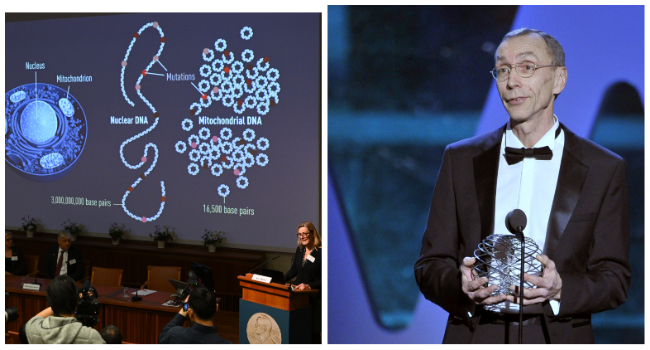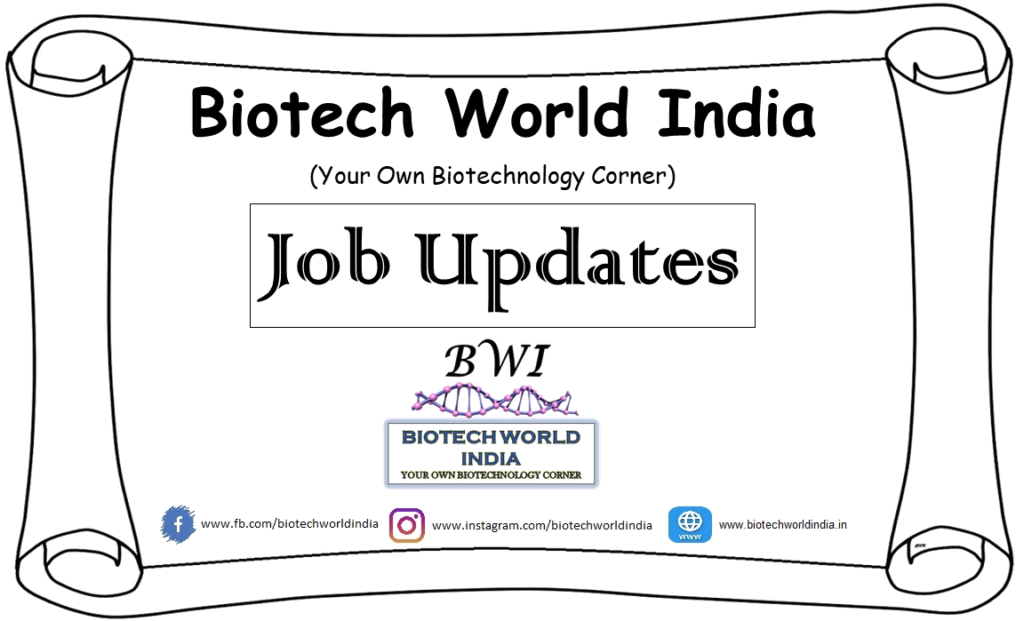Svante Pääbo ForMemRS is a Swedish geneticist of Estonian descent specialising in the field of evolutionary genetics. As one of the founders of paleogenetics, he has worked extensively on the Neanderthal genome.
The noble prize in Medicine or Physiology is given to Svante Pääbo for his research in the field of genomes of extinct hominins and human evolution. He can be called the ancient DNA pioneer as he sequenced the genome of extinct hominins.
Some key points of Svante Paabo’s Research are as below:-
- Human Evolution: Homo sapiens, first appeared in Africa approximately 300,000 years ago, while closest known relatives,Neanderthals, developed outside Africa and populated Europe and Western Asia from around 400,000 years until 30,000 years ago, at which point they went extinct.
- Genome Sequencing of Neanderthals: After sequencing Neanderthals’ genes it is found that archaic gene sequences from our extinct relatives influence the physiology of present-day humans.
- For e.g., the Denisovan version of the gene EPAS1 confers an advantage for survival at high altitudes and is common among present-day Tibetans.
- Other examples are Neanderthal genes that affect our immune response to different types of infections.
- Discovery of Denisova: In 2008, a 40,000-year-old fragment from a finger bone was discovered in the Denisova cave in the southern part of Siberia.
- The DNA Sequencing of this bone had led to the discovery of a previously unknown hominin, which was given the name Denisova.
- Coexistence of Different Human Species: The ancestors of modern humans, Neanderthals and Denisovans co-existed for about 20,000 years, during which they not only interacted with each other but also inter-bred.
- In modern day humans with European or Asian descent, approximately 1-4% of the genome originates from the Neanderthals.
- Further, gene flow had also occurred between Denisova and Homo sapiens. This relationship was first seen in populations in Melanesia and other parts of South East Asia, where individuals carry up to 6% Denisova DNA.
- Novel Methodology:
- It is not easy to amplify and sequence ancient DNA because it is highly fragmented and full of contamination from microbes like fungi and bacteria. Over time, DNA tends to degrade and become chemically modified.
- Therefore, Pääbo decided to study mitochondrial DNA from Neanderthals.
- Mitochondria, popularly called the powerhouse of the cell, is an organelle inside the cell that has its own DNA.
- Although the mitochondrial genome is small and only contains a fraction of genetic information in the cell, it is present in thousands of copies. This increases the chance of its successful sequencing.
- Significance:
- The conceptual breakthrough is of paramount importance in understanding human evolution.
- Dr Pääbo’s research has resulted in the rise of a new scientific disciple called Paleogenomics, which is the study and analysis of genes of ancient or extinct organisms.
Who were Neanderthals?
- Neanderthals, the closest relatives of the present-day human species, lived in Europe and West Asia – as far as southern Siberia and the Middle East – before they disappeared around 30,000 years ago.


His discovery today is a breakthrough in the field of Genetics, Biotechnology and entire research community. Let us know something about his initial beginning :-
As a graduate immunology student in the early 1980s, the young Swede performed molecular genetic analyses on 23 Egyptian mummies, one of which—a 2,400-year-old child specimen—proved to contain clonable DNA. The discovery yielded the first scientific paper ever published on the subject of DNA extracted from fossil tissues.
Pääbo’s Nobel Prize was formally awarded for “discoveries in physiology or medicine that led to benefit for humankind.” But he hasn’t just benefited humankind. He’s illuminated it.
Input from:-
- www.nobelprize.org,
- https://www.science.org/content/article/nobel-prize-physiology-or-medicine-2022
- https://quillette.com/2022/10/06/svante-paabo-and-the-human-story/
Thank you for your time

